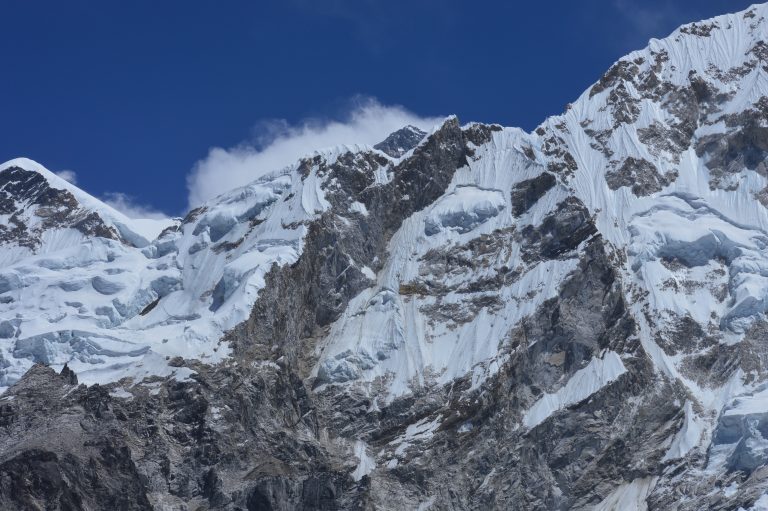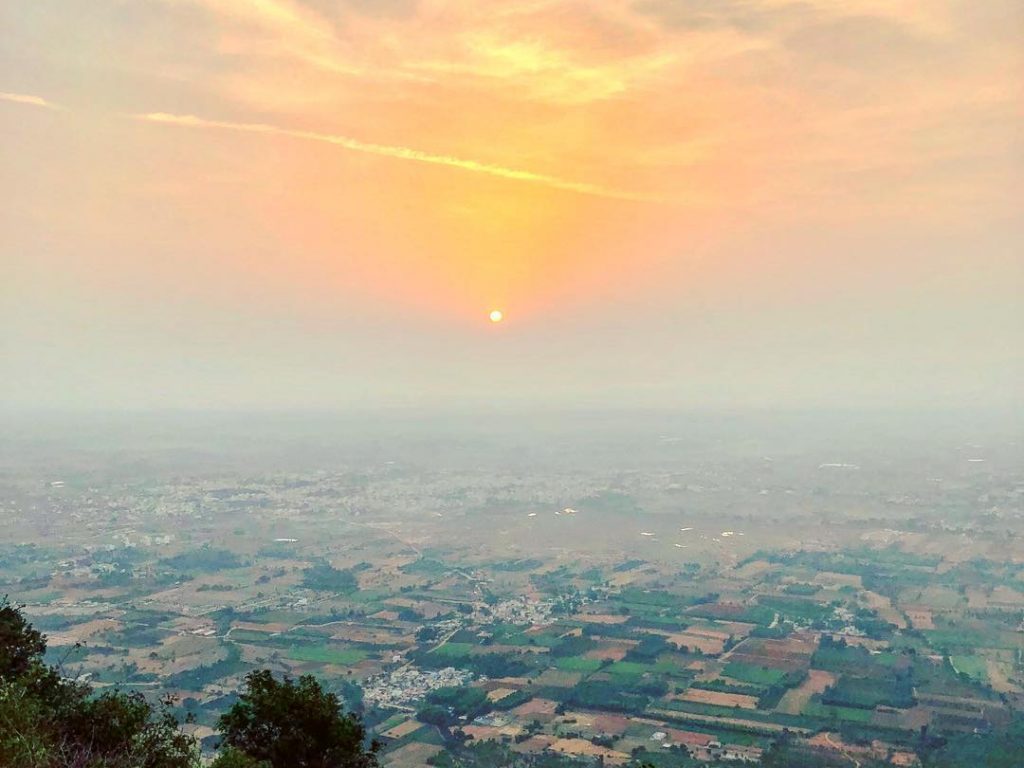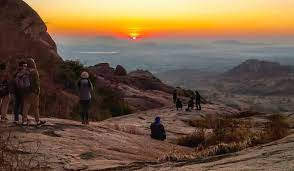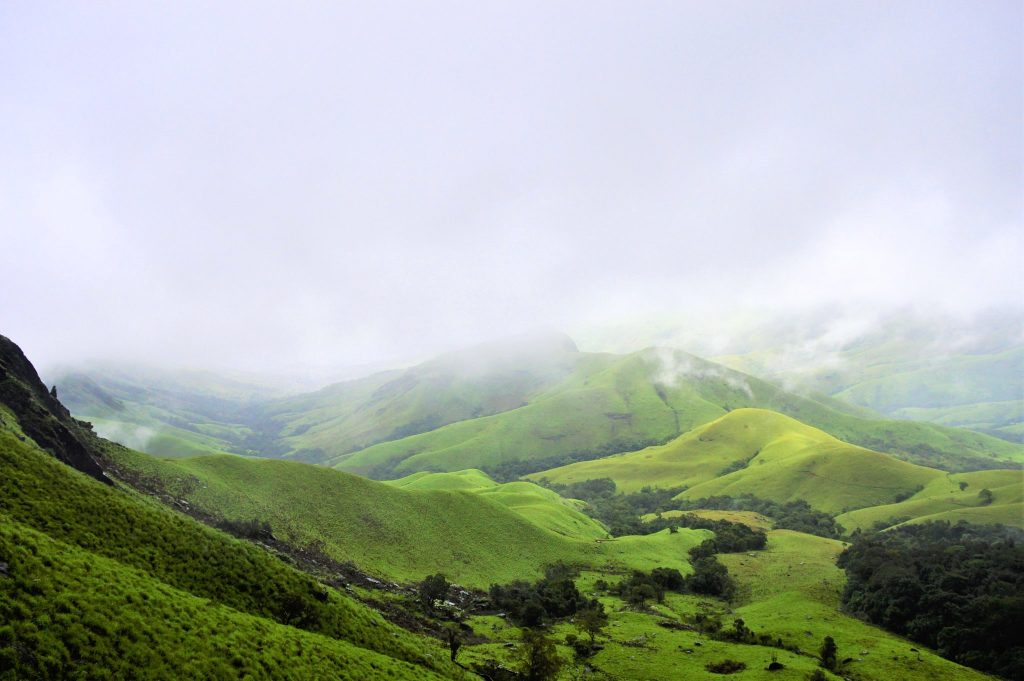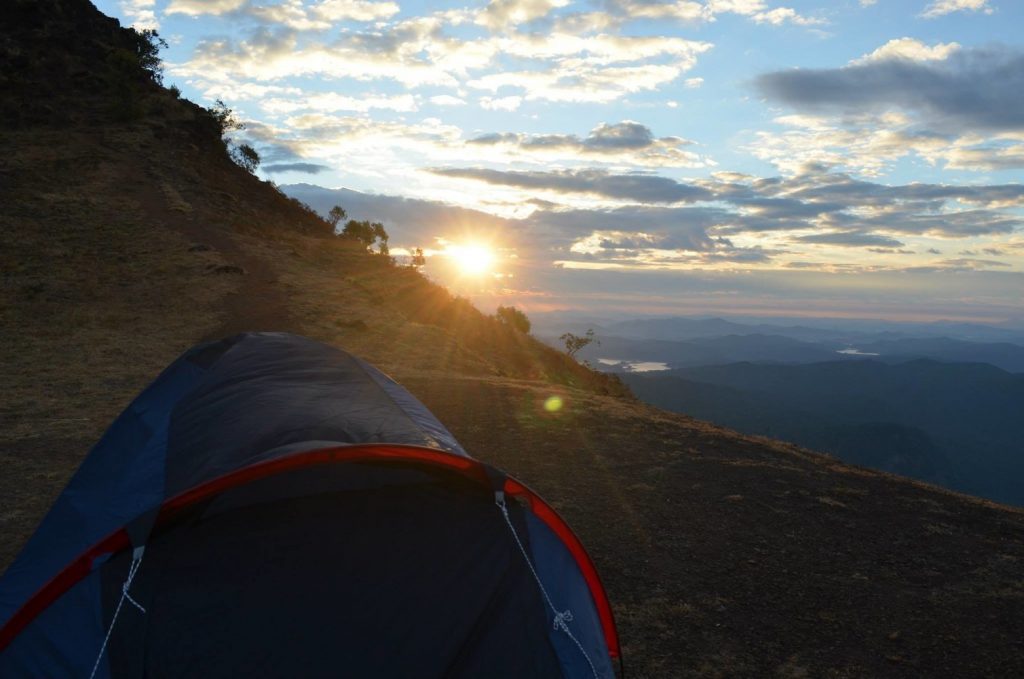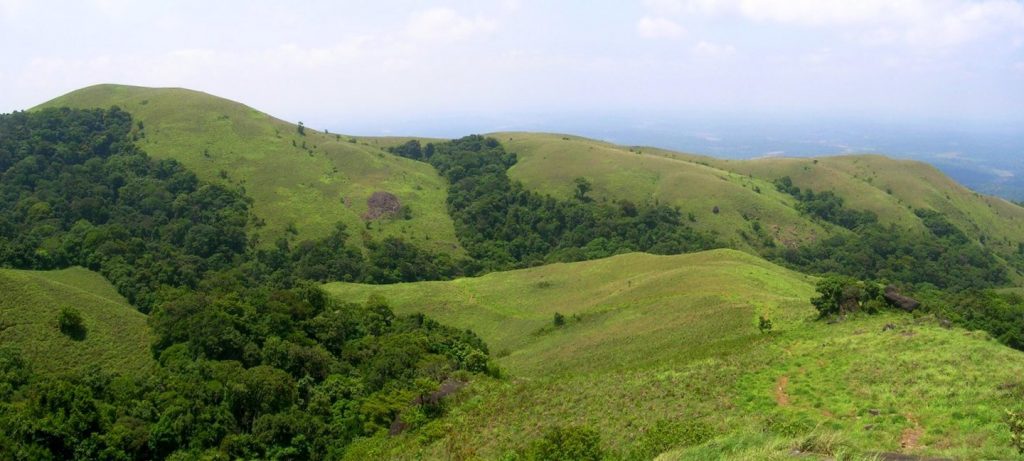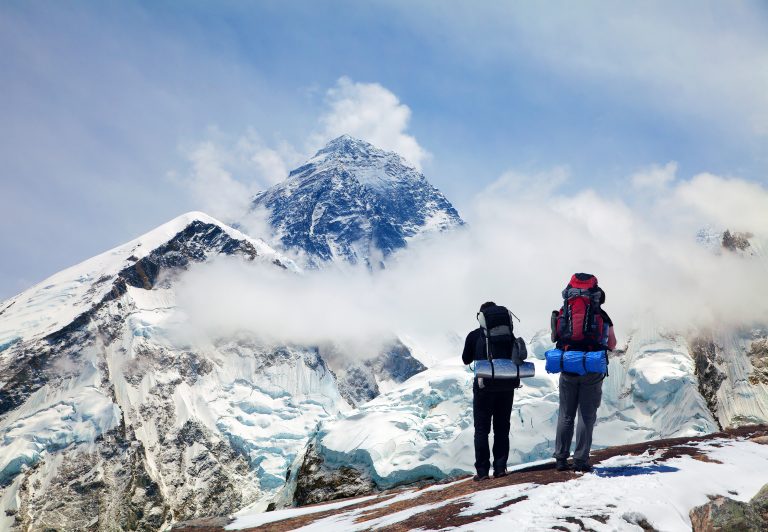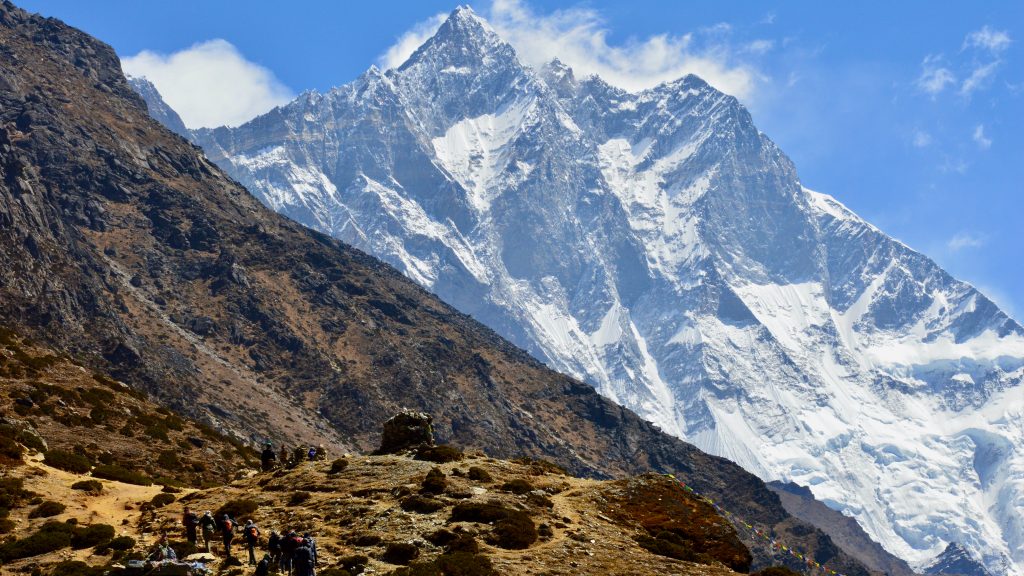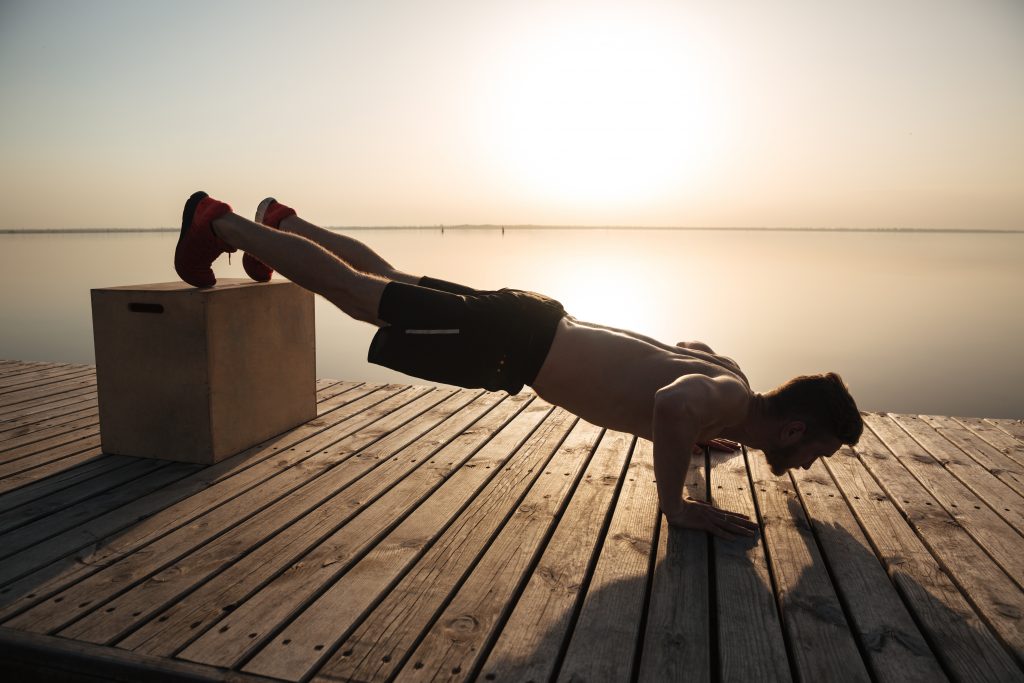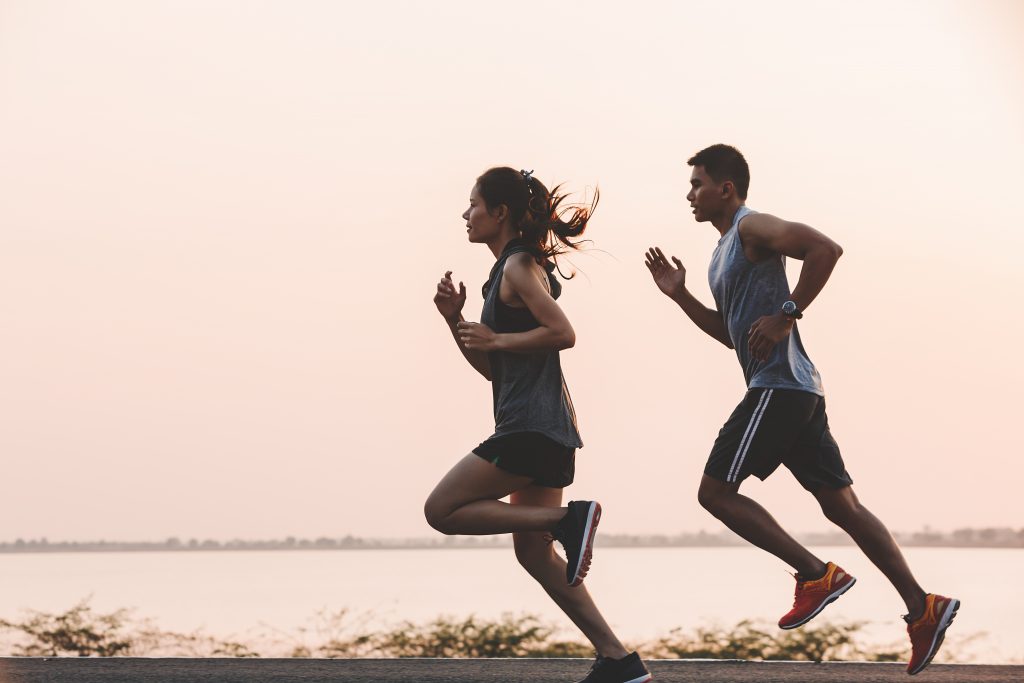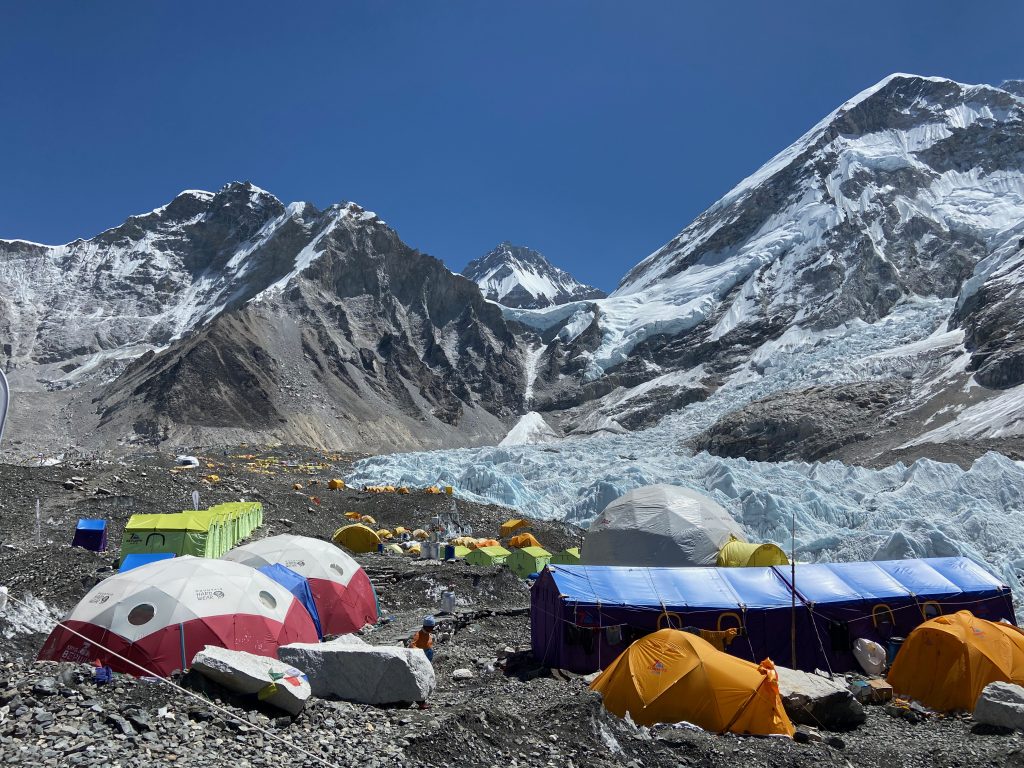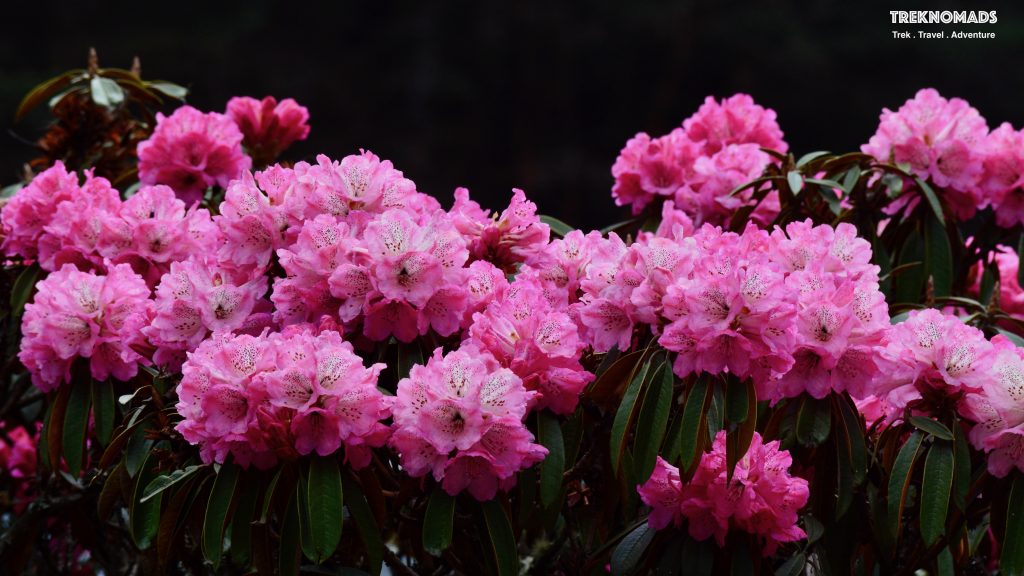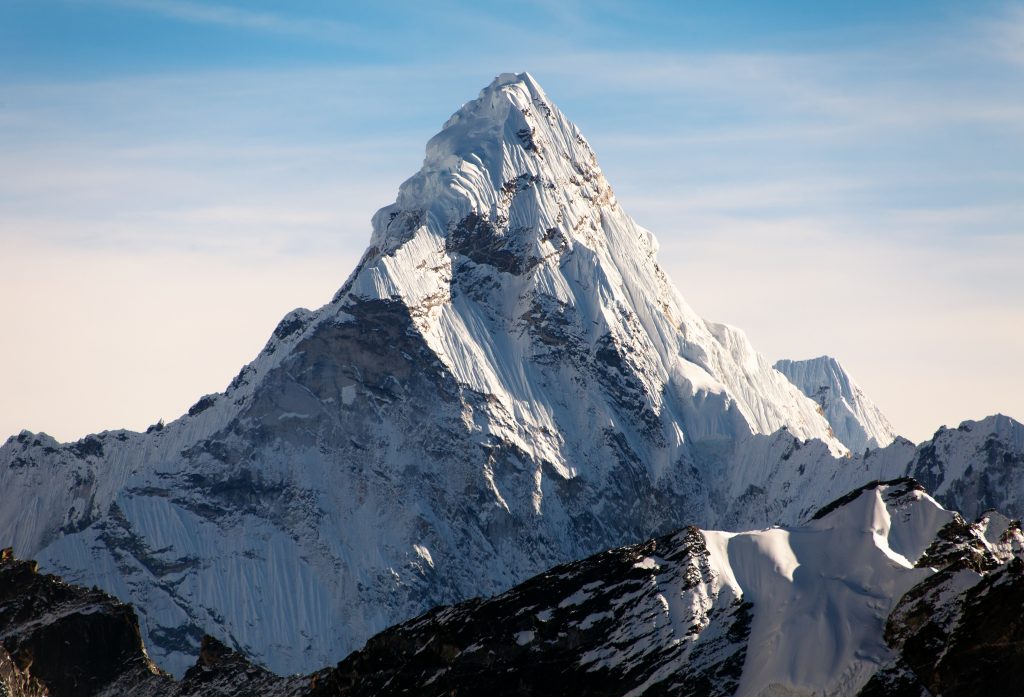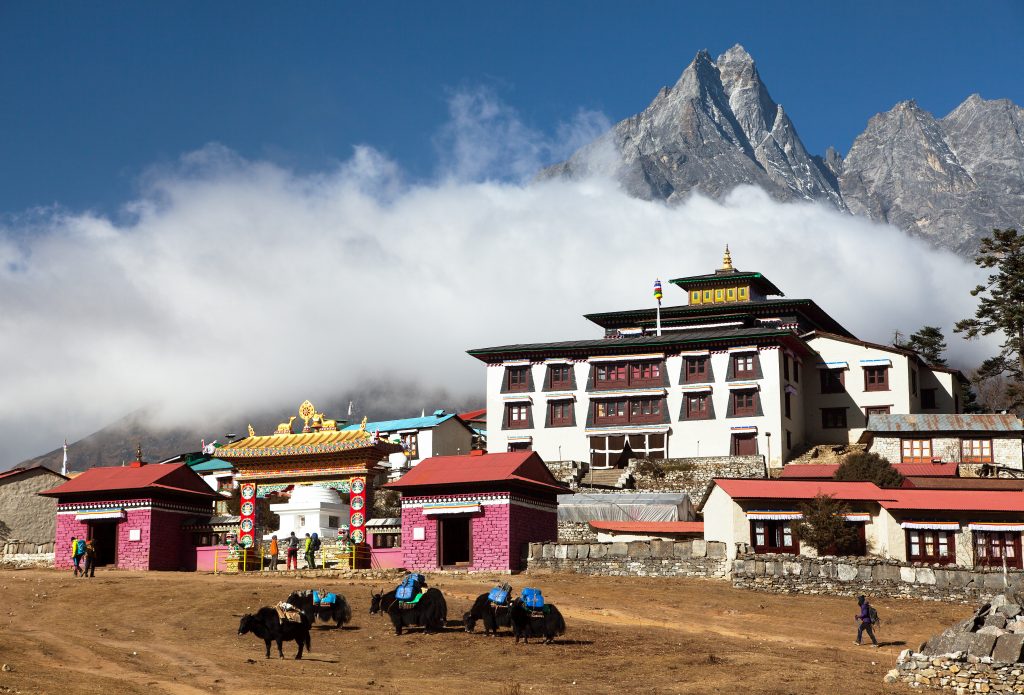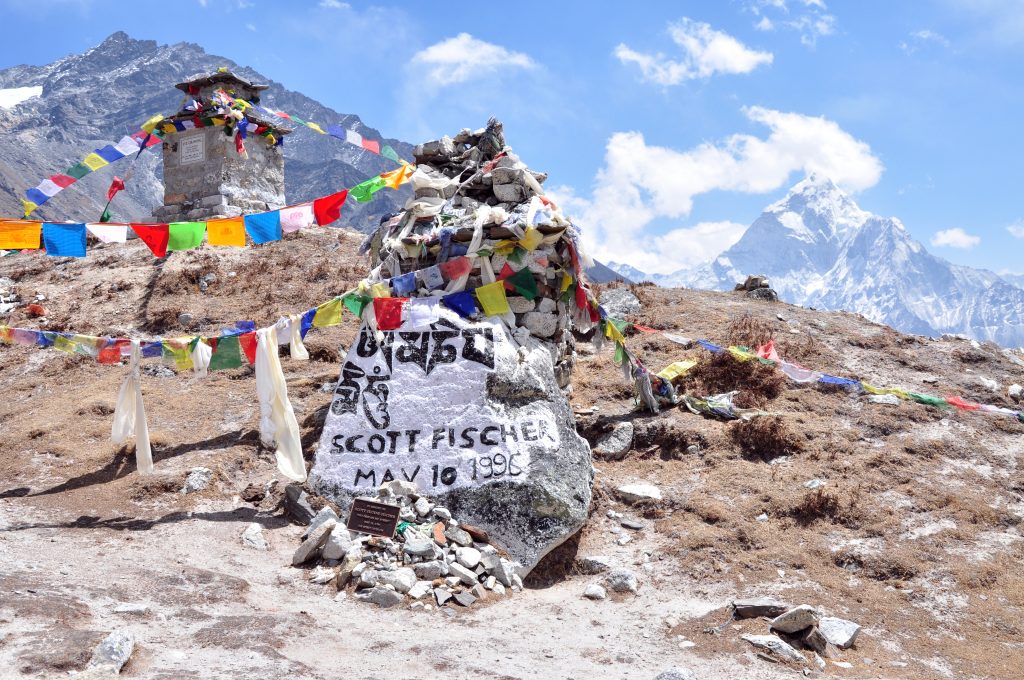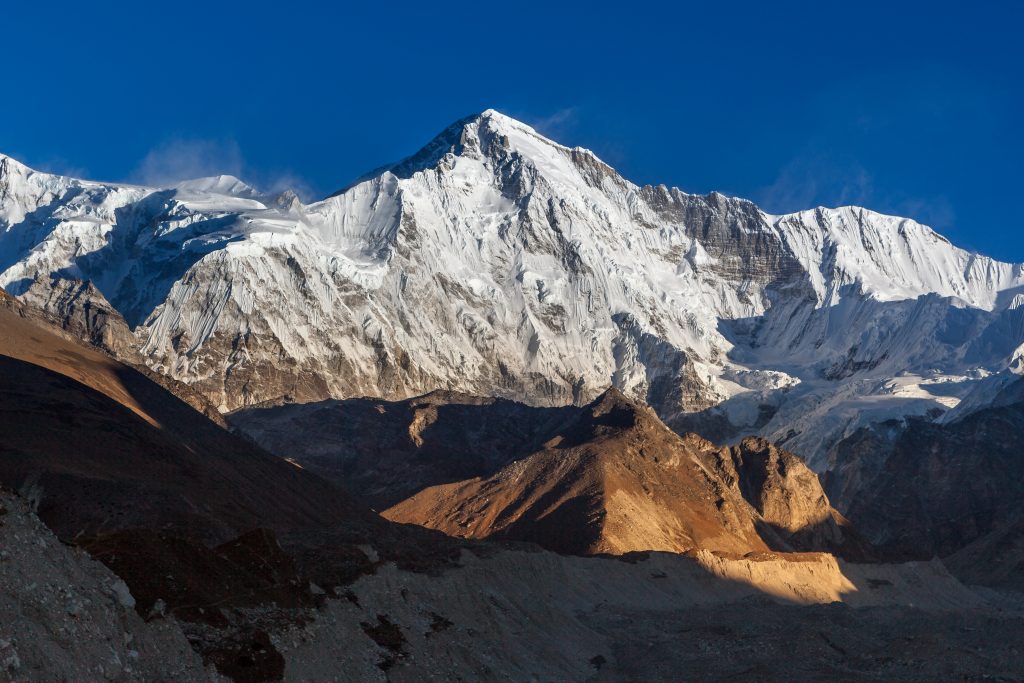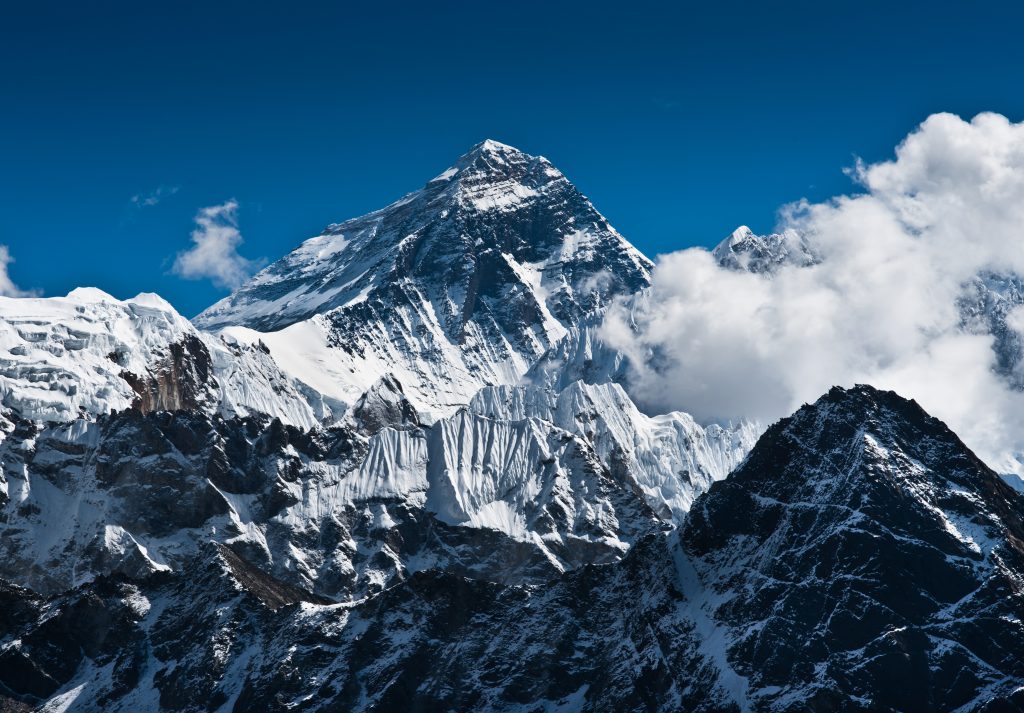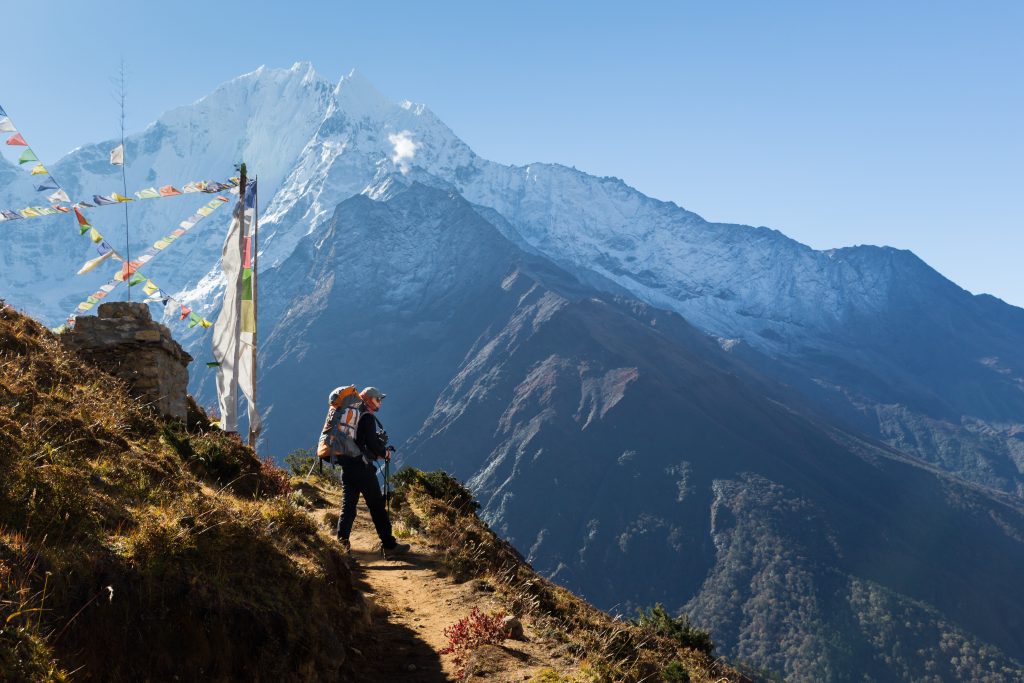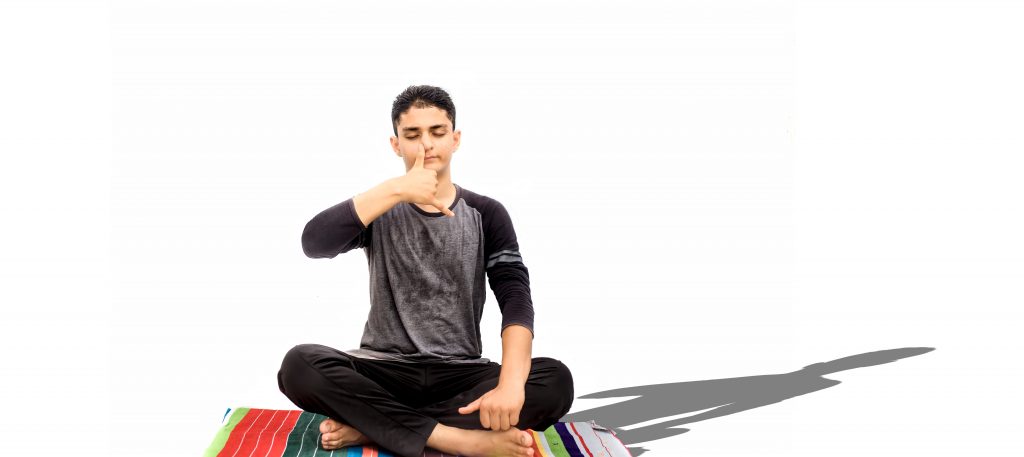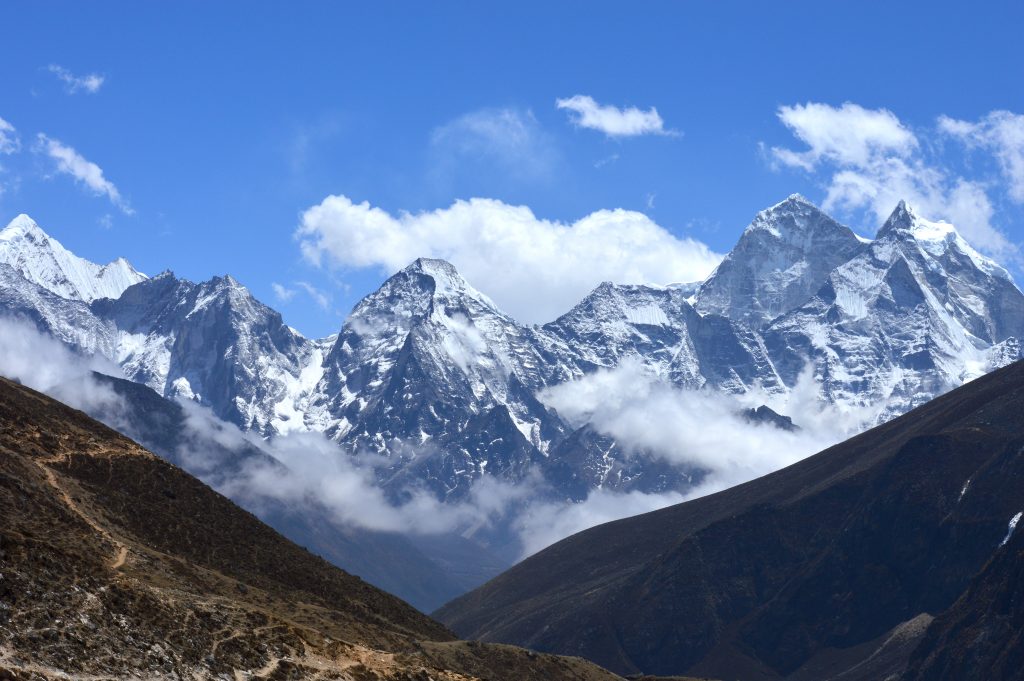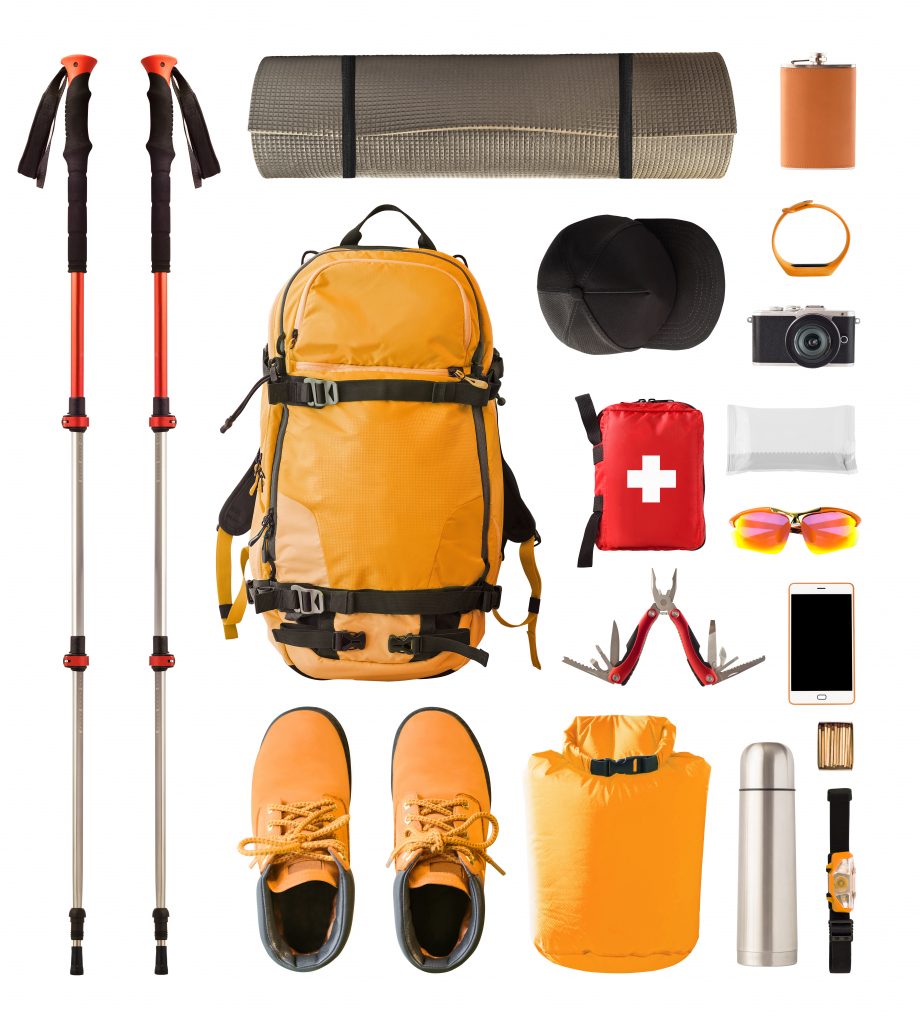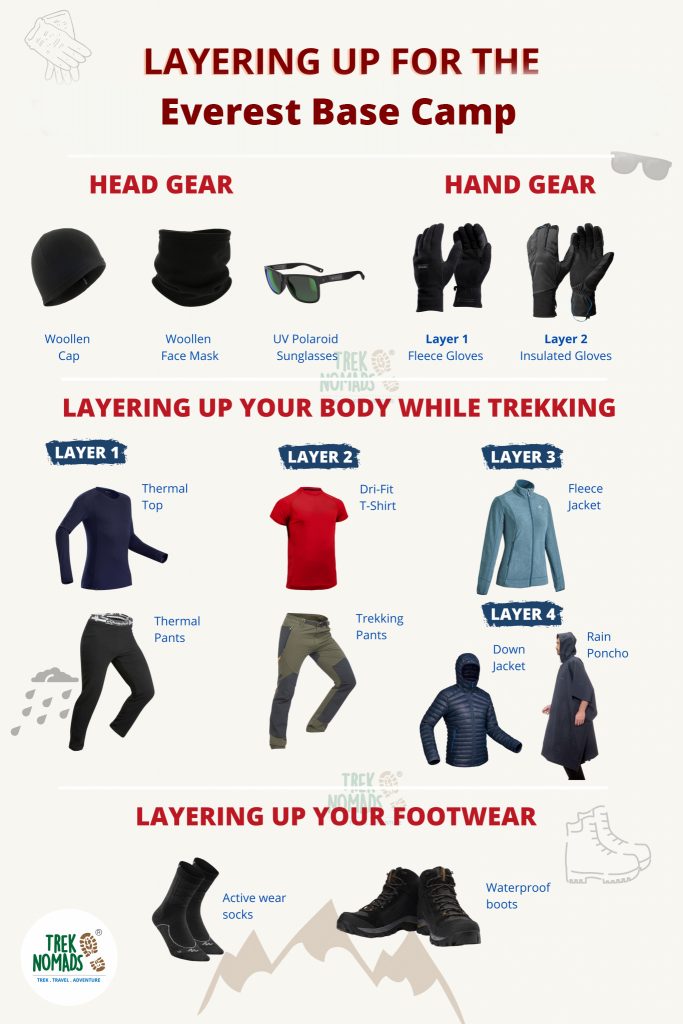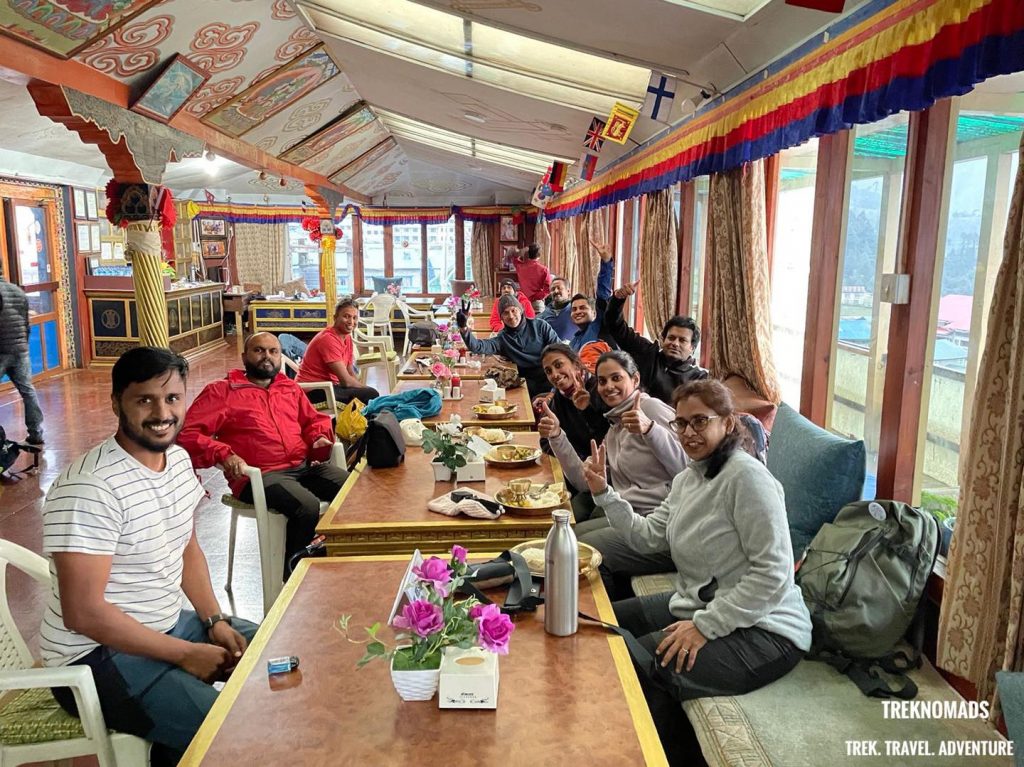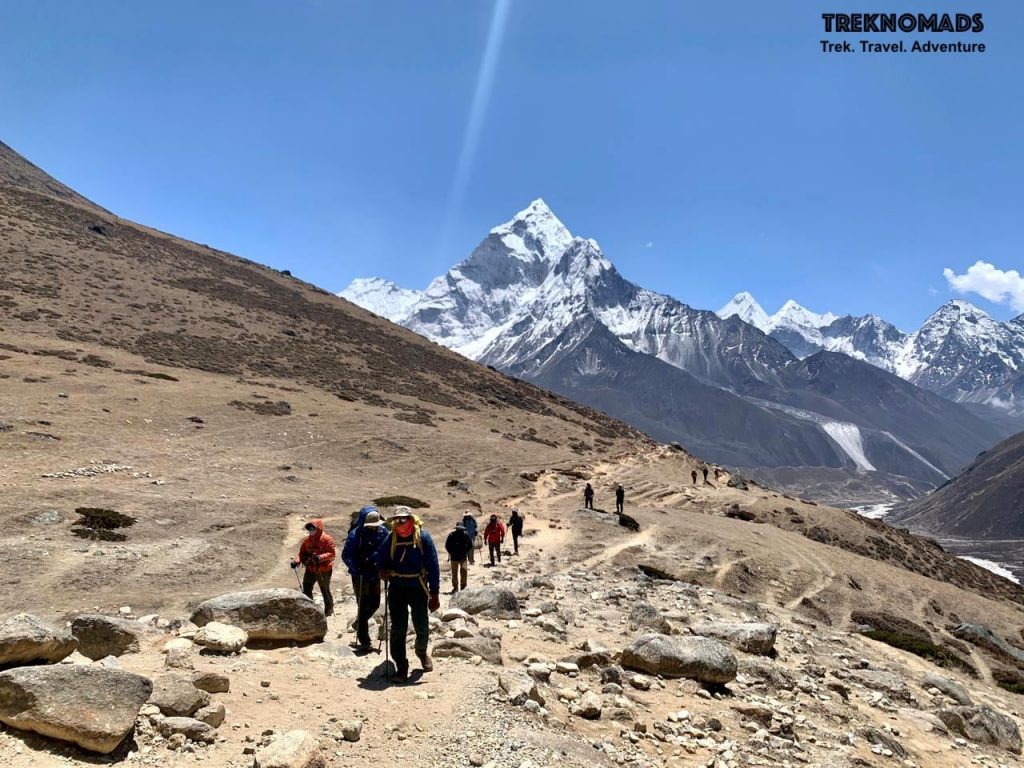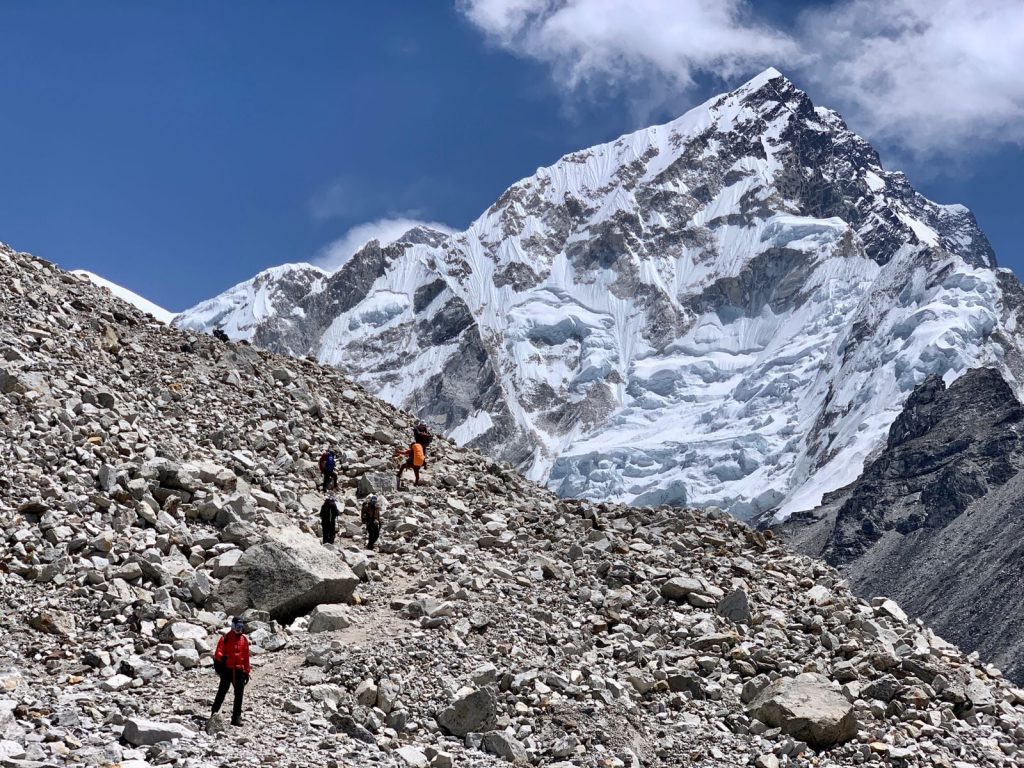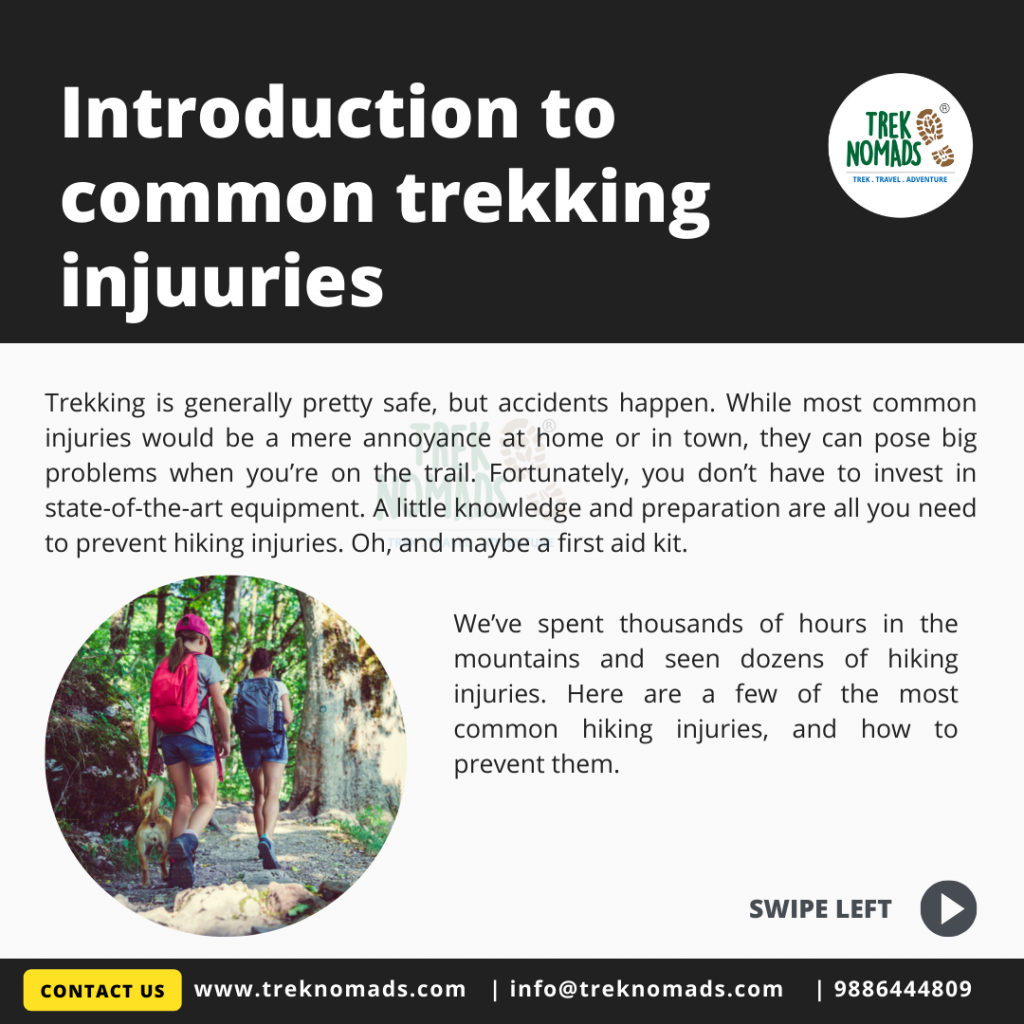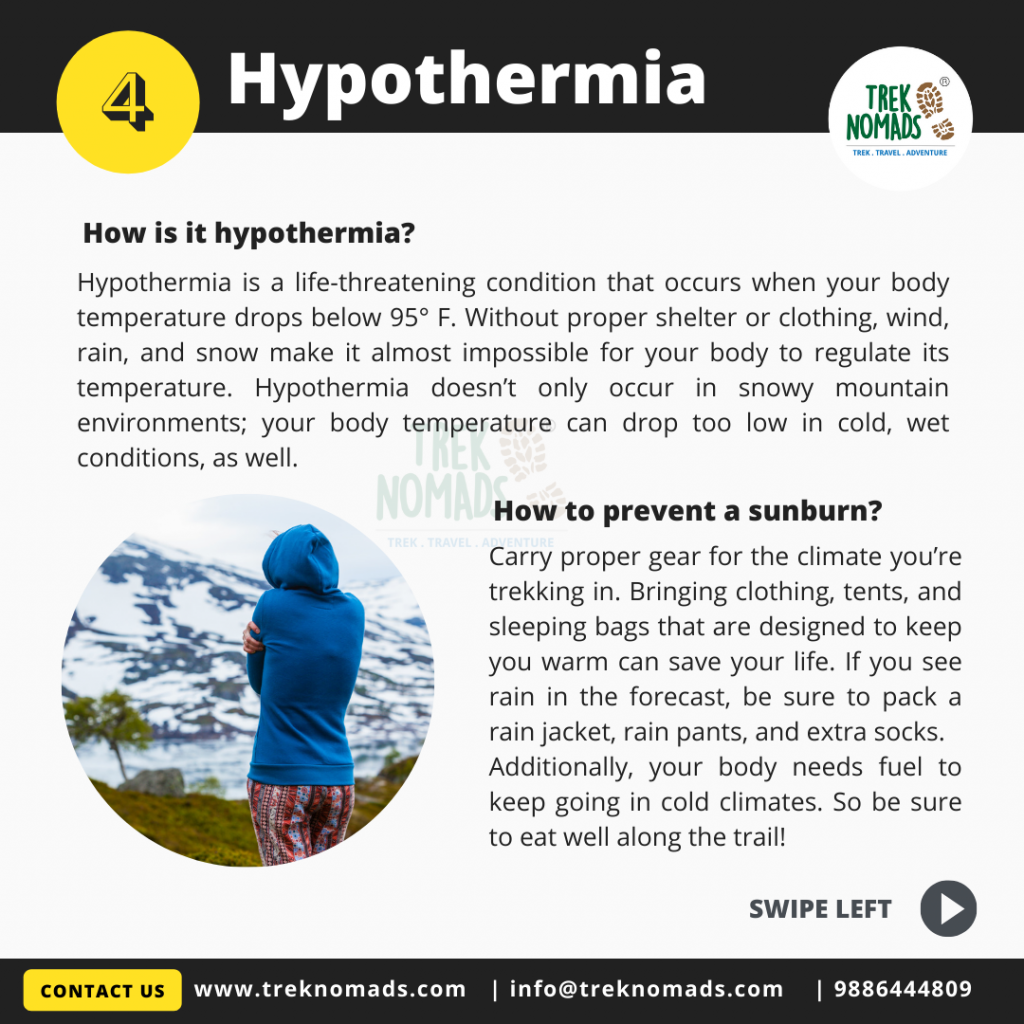Everest Base Camp – the one trek that every trekking enthusiast has on their bucket list. Not only is this trek full of nature’s marvels, but it is a sure-shot test of your grit too. After all, one has to prepare for the trek a couple of months in advance. Then the planning has to be done just right, and despite everything planned- you can never be sure how the weather will treat you.
But, if you look at it, these uncertainties only make this trek one of the most coveted ones globally.
It is important to note that you need to know what this trek holds for you. While EBC is a moderately difficult trek, it comes with its challenges. In this blog, we will list the major things you should know before taking the EBC Trek.
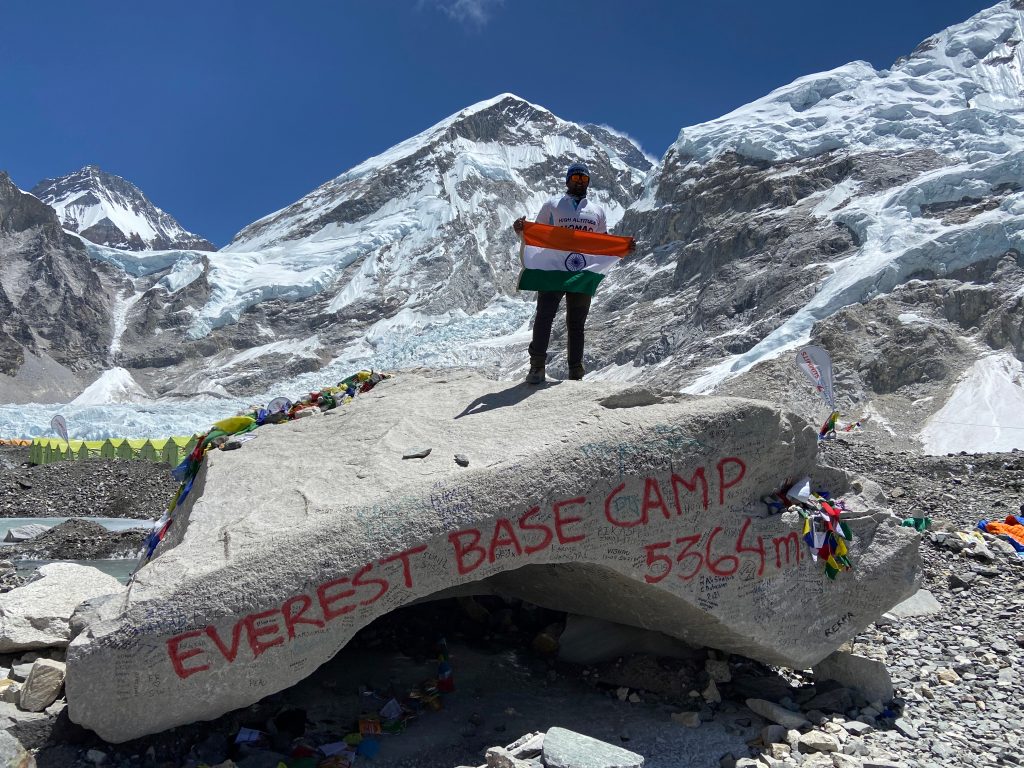
So, here we go:
Understanding the logistics
You’ll go on the trek once you reach the destination; believe us; the weather plays a prankster there too. Sometimes, the commute can get blocked because of unfavourable weather conditions. Thus, it is important to know the various modes of commute.
Let us first talk about how to reach the start of the trek.
Fly to Lukla: The most common one is a 45 minutes flight from Kathmandu to Lukla. It costs roughly Rs 30,000 for a round trip per person. However, it is important to note that flights often get cancelled due to inclement weather. Hence, when you are finalising the time for your travel, make sure you take this contingency into account too. A good trekking partner can take care of contingencies in a seamless manner.
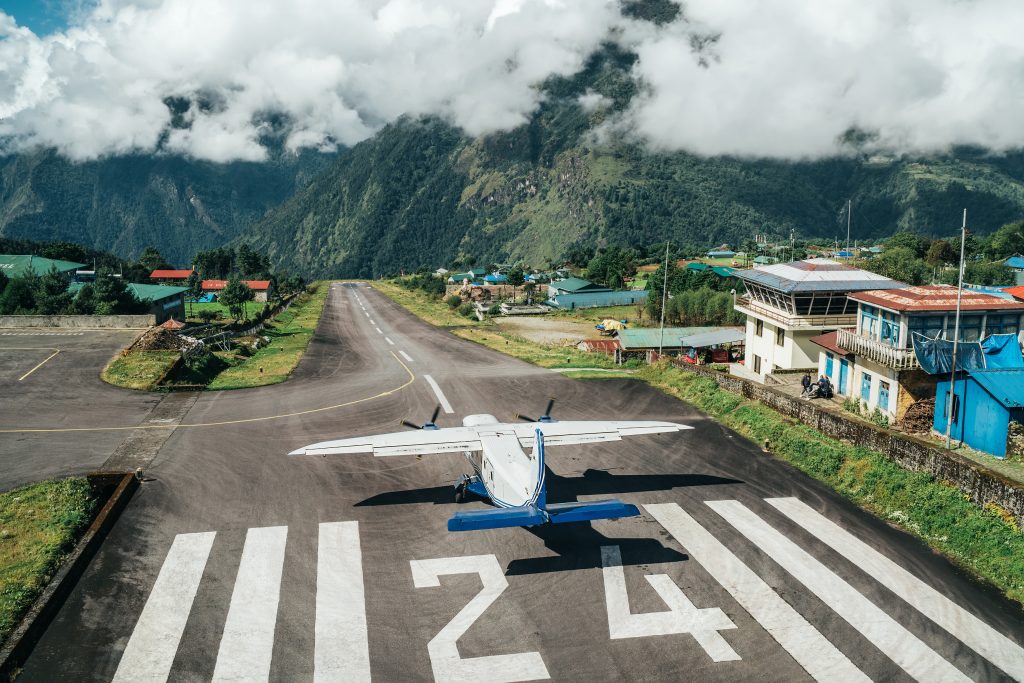
Next, you trek to Phakding from Lukla. On day 3, you will start trekking from Phakding to Namche Bazar. You will be staying at Namche Bazaar for acclimatisation. To check out the detailed itenerary, visit here!
Navigate the trails on EBC
We are sharing a sample map for your reference; however, we suggest that you buy one for yourself on the trail. While the TrekNomads team will be with you throughout this well-marked trail- it’s always better to be equipped for the worst-case scenario.
Also, even if you don’t use it, having a paper map with you will surely evoke the true trekking spirit.
The maps cost barely Rs 300 – don’t think twice, take them as a souvenir!
Getting the Permits to go on EBC Trek
Yes, you would require permits to trek to the Everest Base Camp. However, the good news is that you can buy these permits on the trek. The first permit costs Rs 3,390 and is required for the Sagarmatha National Park.
You can buy it in Monjo, Lukla, or Kathmandu. The second permit is required to trek through the Khumbu Pasang area. It costs Rs 2000 and can be purchased in the Namche bazaar. You will need your passport to buy both of these permits.
Make sure you have budgeted for these permits and have the cash handy when required.
As part of the TrekNomads package, all the required permits are included in the package. You just focus on the trek.
Readying yourself for the First Aid
Symptoms of Altitude Sickness
Acute Mountain Sickness or AMS is extremely common on high-altitude treks like the EBC Trek. Its common symptoms include headaches, lack of appetite, trouble sleeping, blurry vision, nausea, breathing difficulty, rapid heart rate, and fatigue. This is why a two-day acclimatization period is given on the trek. However, you don’t have to worry about it for two reasons. First, the TrekNomads team has ready arrangements to handle such contingencies, and second, you can easily address AMS in the following ways:
- Keep yourself hydrated
- Reduce intake of alcohol and caffeine
- Take a high carb and protein diet
- Hike high and sleep low, i.e., trek over high-altitude summits and try to sleep at lower elevations than you had reached during the day.
The Excessive Physical Activity
We have repeatedly said that the EBC trek should not be underestimated. You need to prepare for it dedicatedly. The Everest Base Camp lies at the height of 5,364m. The Kala Patthar viewpoint is at 5,644m. Reaching these altitudes isn’t easy, and you need to walk roughly 10-13km a day and for almost 8 hours (with breaks, though). So, you need to be physically fit to be comfortable with this activity.
A bit of hiking practice, dedicated training, and of course, good nutrition is thus recommended.
Again, you can check our blog for details.
Readying yourself for the Random Contingencies
So you’ll be trekking/walking a lot. Also, the weather changes dramatically, and sometimes, you may not be in the mood to wipe your posterior with the icy-cool water. In such a case, what would you do? Well, that is why it is better to be prepared for the same in the manners mentioned below:
- Always stock toilet paper: No, you don’t have to carry ten rolls. Just one would be enough for you, but please keep one because sometimes a -8 degrees C isn’t the ideal temperature for washing up.
- Throat lozenges for the khich-Khich: The weather will be cold anyway, and sometimes this cold may result in throat irritation. In such a situation, throat lozenges come in handy. We are asking you to keep some along because you may not necessarily get them at those altitudes.
Pack the Snacks: You’ll walk a lot and sometimes even continuously. Chances are that you may feel really hungry. Some of the travelers end up having low blood sugar as well due to exhaustion. Snickers, Pringles, Cream biscuits, etc., can help in such a situation. Just make sure that you do not litter around.
It’s Yaks first!
You see, you are the guest in this place, and so it makes sense to respect the natives. Would you like it if someone came to your home and asked you to sleep in the hotel? No right! The same applies to how you treat the yaks and yak-cow hybrids(zopkios). These creatures carry goods up the mountains, or sometimes, they just stroll. They are huge with even “huge-er” horns. So, if you see them coming towards you or just passing by, let them go first. If you create unnecessary movement, they may panic and impale you or throw you off the trek in self-defence if you make an unnecessary movement. So, just be still! Also, walk/stand towards the hill side when you encounter these animals on the trail.
The beauty at its best- Viewpoints to NOT miss
So, we have discussed all the contingencies and probable hardships in detail. Let us now talk about the part which makes the Everest Base Camp Trek Trek “the most coveted” trek for people worldwide.
The scenic beauty of this place is worth dying for; all you need to do is just trek until there. So, here we go, talking about the major beauties of this place.
Kala Patthar
The hike to Kala Patthar starts roughly 2-3 hours before sunrise. Of course, it can be done later also but don’t you want to see the sun coming from behind the mighty Everest. Also, Kala Patthar gives you a 360-degree view of the entire region. So, no matter how big a sleepy head you are – please trek to Kala Patthar within the due time. You can also do a sunset trek to Kala Patthar. This trek also provides spectacular views of golden rays on Everest and nearby mighty summits.

Gokyo Ri
Now, this view will happen if you go for the Gokyo-Ri trek. We have a blog comparing the Gokyo-Ri route vs. the usual trek route. So you can check it out for details.
Many trekkers say that the view of Everest is better from Gokyo-Ri than it is from Kala Patthar.

The Surprise Edition
This trek isn’t like any other trek where you just trek and come back. The EBC trek also boasts of some amazing cafes on the way too. Listing 2 of them here because they are definitely worth their salt.
Try them out on your way back, though.
Café Danphe
It’s a 24-hour bar! PERIOD.
While that is the biggest plus, the people at the bar are amazing too. The staff will hang out with you, give you company, and tell you stories so much that you’d love every second of being here.
And yes, they have free Wi-Fi too!
World’s Highest Irish Bar
Done with the Everest Base Camp Trek? Well, this is where you will find most of the happy trekkers. With many couches to chill on, the bar closes at 11pm sharp and is known for its great food, 80s rock, and country music. You will get the typical Bri’ish (British) feels here, so do check it out.
And the Closure
So, as we come to the end of this blog, we hope that you will now have an understanding of what to expect from the EBC Trek. You can know more about it by checking out our detailed EBC Trek guide.
Our next trek to EBC starts soon.
